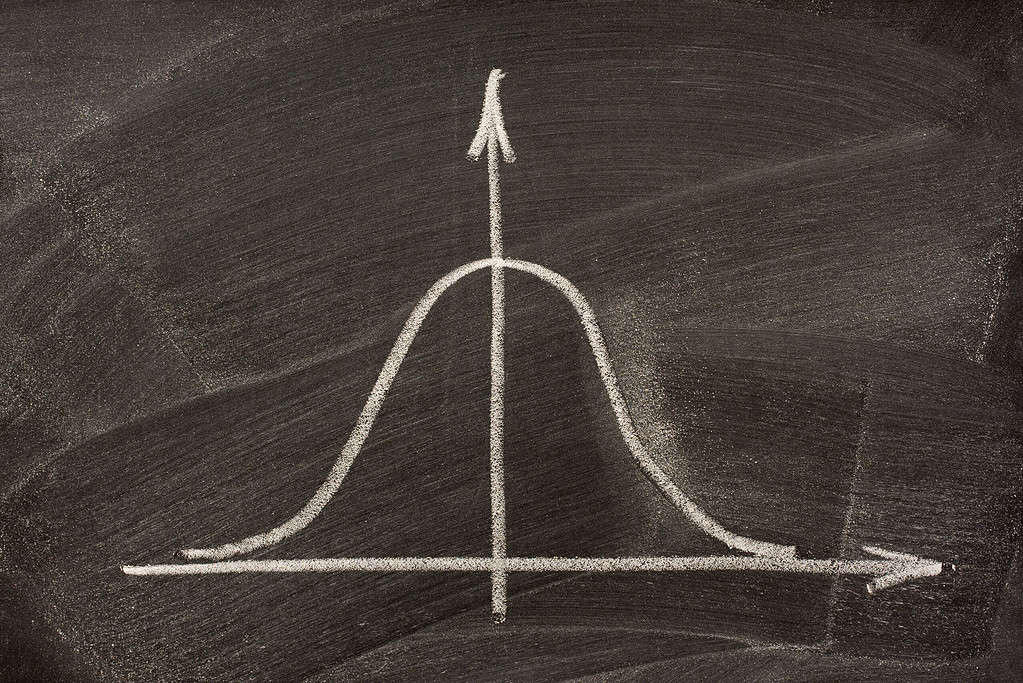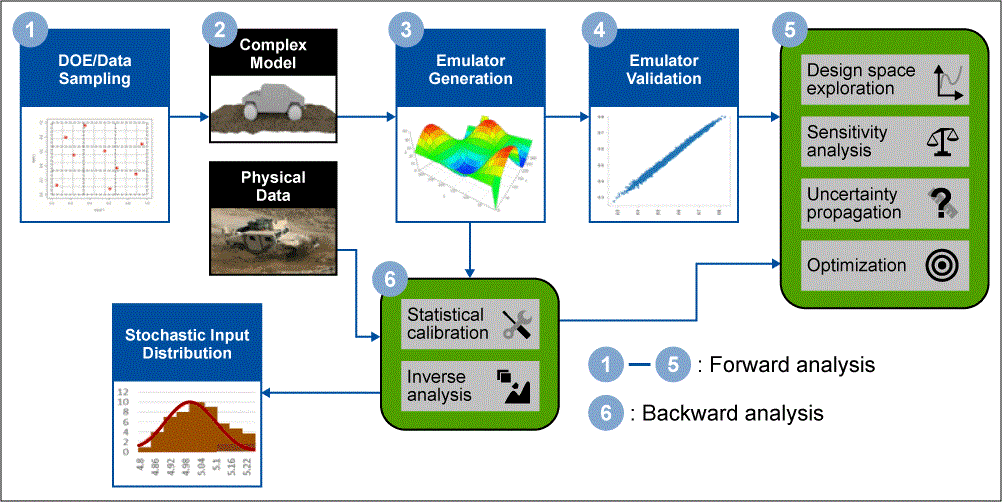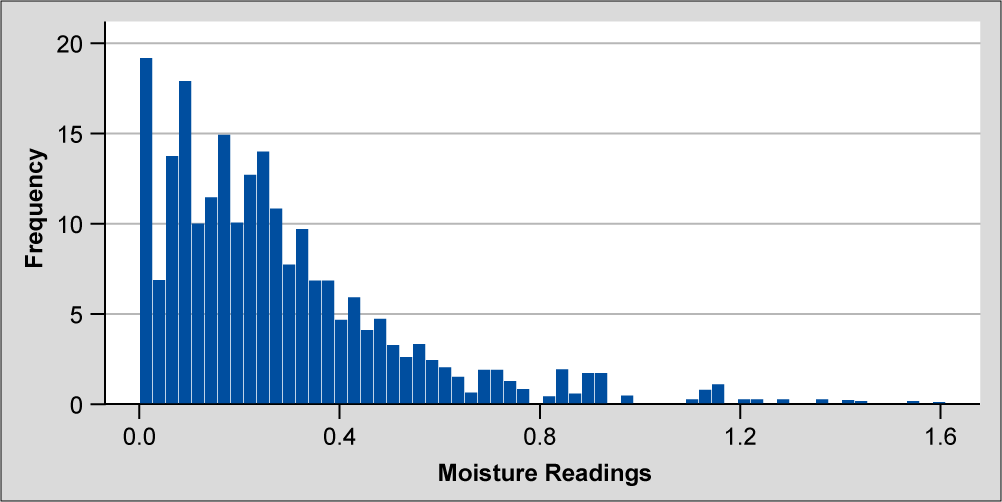Category: Statistical Analysis

Confidence Bands: An Essential Tool for Statistical Analysis
Published:The concept of a confidence band is usually associated with regression analysis. We will also explain why a confidence band is not the same as a confidence interval.
Read more »
The Importance of Non-Parametric Tests in Statistical Analysis
Published:Many statistical tests have underlying assumptions about the population data. But, what happens if you violate those assumptions? This is when you might need to use a non-parametric test to answer your statistical question. Non-parametric refers to a type of statistical analysis that does not make any assumptions about the underlying probability distribution […]
Read more »
Navigating Data Analysis: The Importance of Testing for Normality
Published:Is your data normal? Oh no! Is that a problem? The concept of data normality can be important when using certain statistical tools to make data-driven decisions.
Read more »
What Statistical Significance Can Tell You About Your Data
Updated:You have compared your process data before and after an improvement. Is the difference real or just noise? Statistical significance will help you answer that question.
Read more »
Enhance Six Sigma with Uncertainty Quantification, Part 2
Published:Part 2 of this series presents a case study of the redesign of a bracket’s fatigue model. The case study shows how UQ techniques can be used to perform robust risk estimation, identify key drivers of manufacturing variability and gather more information for critical decisions.
Read more »
Enhance Six Sigma with Uncertainty Quantification, Part 1
Published:Learn to combine Six Sigma with UQ – advanced statistical techniques that, when applied to simulations of complex systems, generate actionable results to reduce process variability.
Read more »
Practical Tips for Obtaining Unbiased Estimates in Sampling
Updated:It’s not practical to measure every value in a population, whether it be people or all the jars of peanut butter you produced. Taking samples helps. But if your samples are biased and don’t represent the population, then you have a biased statistic or estimator. Let’s learn how you can calculate an unbiased statistic.
Read more »
How to Choose the Right Statistical Test for Your Data
Updated:If you have a question about how your process or organization is performing, statistics will be the methodology for answering those questions. Statistics is the discipline and science used for the collection, organization, analysis, interpretation, and presentation of your data. Statistics usually fall into one of two categories: Descriptive statistics: methods used to summarize or […]
Read more »
Degrees of Freedom and Sample Size: How to Determine the Right Amount of Data for Your Analysis
Updated:Degrees of Freedom (DF) can be thought of as the amount of information you have to compute certain statistics. The more you want to compute, the more data and information you need. Let’s learn more about how to compute and use DF. You can think of DF as statistical money that you can spend to […]
Read more »
The Power of Alpha Risk: Minimizing Errors in Statistical Analysis
Updated:Don’t you hate it when you make a mistake? Well, an alpha risk is just that. Let’s learn what that mistake is and how to keep from making it.
Read more »
Of Processes and Project Baselines: Why Homogeneity Matters
Published:The DMAIC (Define, Measure, Analyze, Improve, Control) project lifecycle, the predominant methodology in Six Sigma for improving existing processes, is intended to bring about significant change in the behavior of the process under study. In order to know if such goals have been met, the process being worked on needs to be one in which […]
Read more »
Understanding Statistical Process Control [VIDEO] – With Eduardo Santiago
Published:Statistical process control (SPC), despite sounding esoteric, is a subject that every process owner and worker should – and can – understand, at least at a high level. Knowing whether a process is in control and stable is paramount to producing a product or service that meets customer needs. In this hour-long Minitab training course […]
Read more »
Probability and Statistics Cookbook
Published:The cookbook contains a succinct representation of various topics in probability theory and statistics. It provides a comprehensive reference reduced to the mathematical essence, rather than aiming for elaborate explanations. » Download the Probability and Statistics Cookbook Probability and Statistics Cookbook Screenshots
Read more »
Taking Advantage of the Age of Statistics: Part 2
Published:Part 1 of this article helped practitioners understand the key drivers for the growth of statistics, introduced some leading analytics competitors and outlined the high-level profit roadmap. Now it is time to begin using the tools. Part 2 describes some statistical tools practitioners can use for predictive decision making. Applying the Analytics Tools Two key […]
Read more »
Taking Advantage of the Age of Statistics: Part I
Published:One of the most memorable quotes from the movie The Graduate (1967), staring Dustin Hoffman, is the brief exchange between young Benjamin and a family friend, who offers the following advice: Mr. McGuire: I want to say one word to you. Just one word. Benjamin: Yes, sir. Mr. McGuire: Are you listening? Benjamin: Yes, I […]
Read more »
Ron Santo, Baseball’s Hall and a Lesson in Desirability
Published:Based on the desirability function, using batting average, home runs, runs batted in (RBIs), All Star Game appearances and Gold Glove awards all weighted equally, Ron Santo, a third baseman for the Chicago Cubs from 1960 to 1973, should be a member of the National Baseball Hall of Fame. An understanding of the desirability function […]
Read more »
Improved Forecasting with Moving Averages and Z-scores
Published:Forecasting is an integral part of business management. The better the forecast, the better management will be able to plan for the future. Although there are many methods for making forecasts, some are better suited than others for particular situations. For short-term forecasting, Black Belts can benefit from analyzing production trends and looking for special […]
Read more »
Estimation Method Helps Analysis of Truncated Data Sets
Published:A data set with a physical limit – such as time, which has a lower bound of zero – often cannot be transformed using the usual tools for non-normal data. To determine process capability and perform further statistical analysis, use the standard deviation calculated as if the data were not truncated, along with a correction factor.
Read more »
Seeking Reliable Six Sigma Project Data with Eight CTQs
Published:While Micropump, which manufactures small-volume, precision-flow, sealed pumps, has been in business for 46 years and has been owned by IDEX Corporation for 11 years, it is in the last several years that innovations in its product line have accelerated rapidly. The reason is because now there is more cash to finance research and development […]
Read more »
Implications of Analyses of Software Inspections Data
Published:A variety of analyses can be done during the Analyze phase of a Six Sigma DMAIC (Define, Measure, Analyze, Improve, Control) software project with data from Fagan-style inspections. These analyses suggest possible implications when considering Improve activities. Analyses used here are based on a real situation and the conclusions drawn are valid in that situation, […]
Read more »
Understanding Statistical Distributions for Six Sigma
Published:Many consultants remember the hypothesis testing roadmap, which was a great template for deciding what type of test to perform. However, think about the type of data one gets. What if there is only summarized data? How can that data be used to make conclusions? Having the raw data is the best case scenario, but […]
Read more »